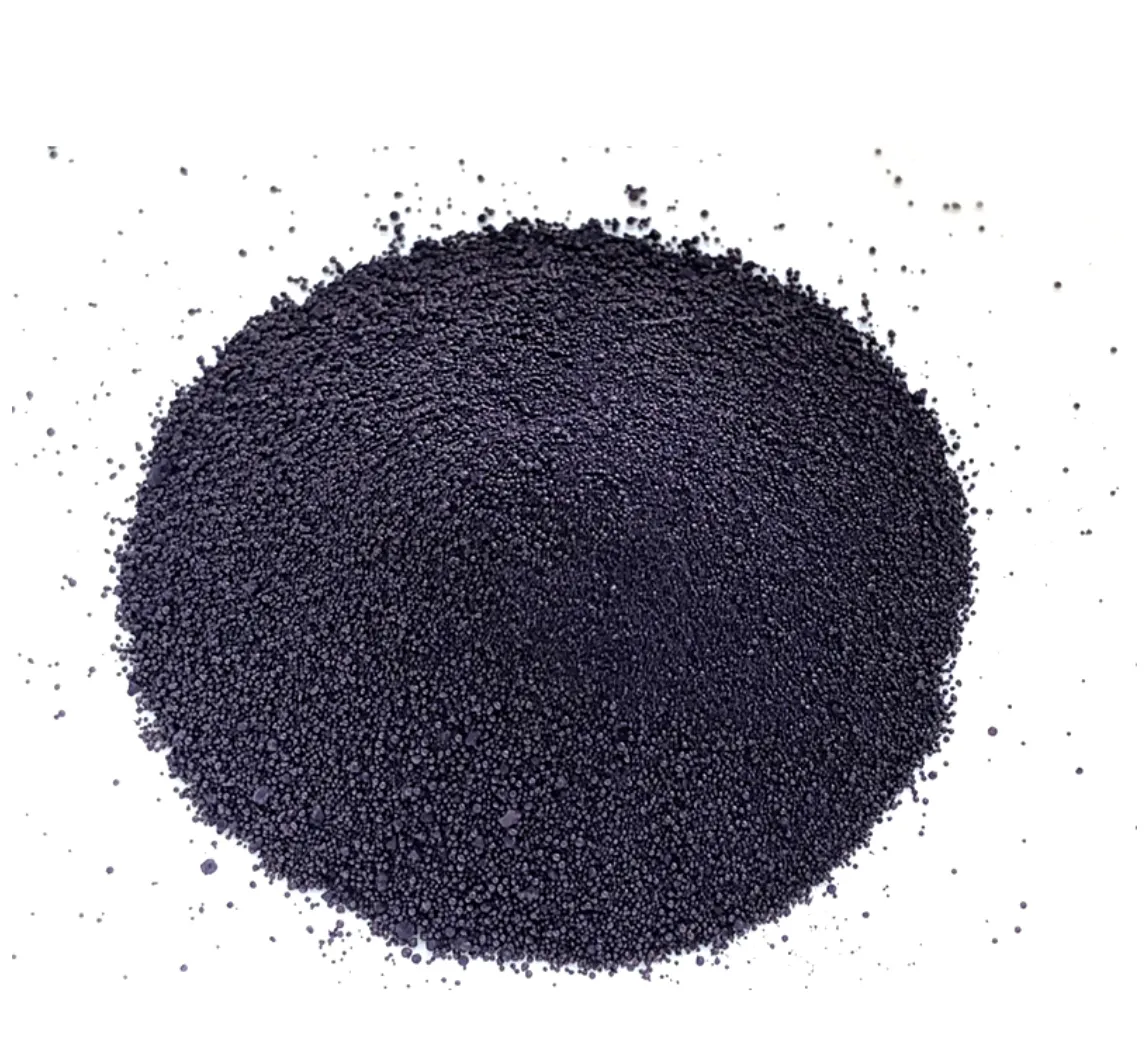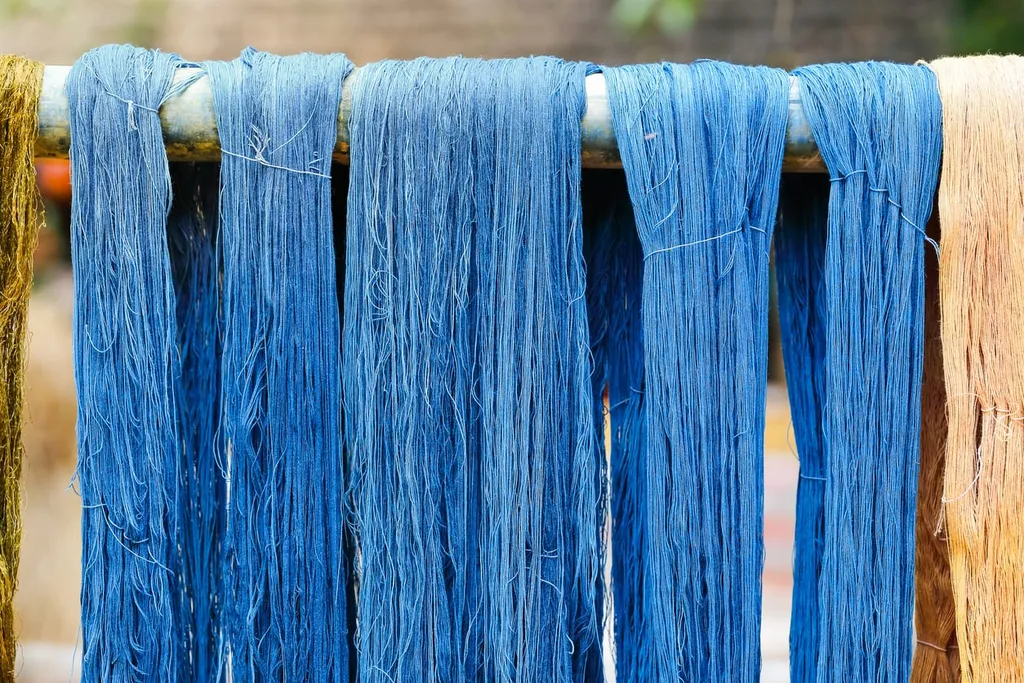Indigo Blue Vat Blue


Indigo also presents a viable opportunity for small-scale farmers and artisans worldwide. Cultivation of the indigo plant, primarily in parts of Asia and Africa, supports local economies and provides a sustainable livelihood for many communities. By choosing products made with natural indigo, consumers can contribute to a supply chain that values fair trade and equitable growth, further enhancing the dye's allure from an ethical standpoint. Financially, while the initial costs of adopting indigo natural color dyeing practices may be higher than synthetic alternatives, the long-term benefits and savings are substantial. Reduced pollution-related penalties, enhanced product differentiation, and alignment with global sustainability goals make natural indigo an economically sound choice in the long run. This aligns with global trends towards circular economies, where waste is minimized, and resources are reused. In terms of trustworthiness, companies adopting indigo natural color often invest in certifications and transparency in their supply chains. Certifications such as Global Organic Textile Standard (GOTS) and Fair Trade are commonly associated with products using natural indigo, assuring consumers of the authenticity and ethical standards of their purchases. This builds brand credibility and fosters customer loyalty, as consumers feel involved in a greater cause. As industries globally strive to be more responsible, the choice of indigo as a natural color stands as a testament to the power of traditional practices in addressing contemporary challenges. With its rich legacy, environmental benefits, and economic potential, indigo natural color is more than just a product—it's a movement driving the future of sustainable practices in one of the world's largest industries. Embracing indigo is not just a nod to the past but a bold step towards a more sustainable and equitable future.
-
Thermal Stability Analysis of Bromo Indigo Pigments
NewsJun.06,2025
-
Sulphur Black Dye Oxidation Process Optimization
NewsJun.06,2025
-
Lightfastness Testing of Bromo Indigo Dyed Denim
NewsJun.06,2025
-
Granule Size Distribution and Jeans Color Uniformity
NewsJun.06,2025
-
Gradient Dyeing Methods with Indigo Blue Granules
NewsJun.06,2025
-
Dyeing Temperature Effects on Sulphur Black Color Fastness
NewsJun.06,2025
-
Sulphur Black Dyes in Daily Use
NewsMay.07,2025

Sulphur Black
1.Name: sulphur black; Sulfur Black; Sulphur Black 1;
2.Structure formula:
3.Molecule formula: C6H4N2O5
4.CAS No.: 1326-82-5
5.HS code: 32041911
6.Product specification:Appearance:black phosphorus flakes; black liquid

Bromo Indigo; Vat Bromo-Indigo; C.I.Vat Blue 5
1.Name: Bromo indigo; Vat bromo-indigo; C.I.Vat blue 5;
2.Structure formula:
3.Molecule formula: C16H6Br4N2O2
4.CAS No.: 2475-31-2
5.HS code: 3204151000 6.Major usage and instruction: Be mainly used to dye cotton fabrics.

Indigo Blue Vat Blue
1.Name: indigo blue,vat blue 1,
2.Structure formula:
3.Molecule formula: C16H10N2O2
4.. CAS No.: 482-89-3
5.Molecule weight: 262.62
6.HS code: 3204151000
7.Major usage and instruction: Be mainly used to dye cotton fabrics.

